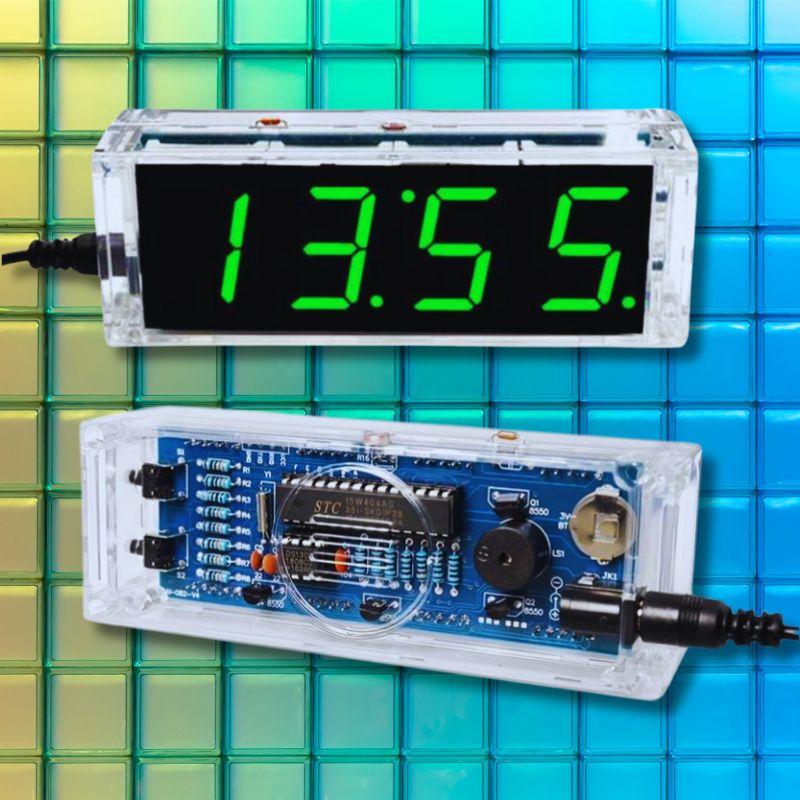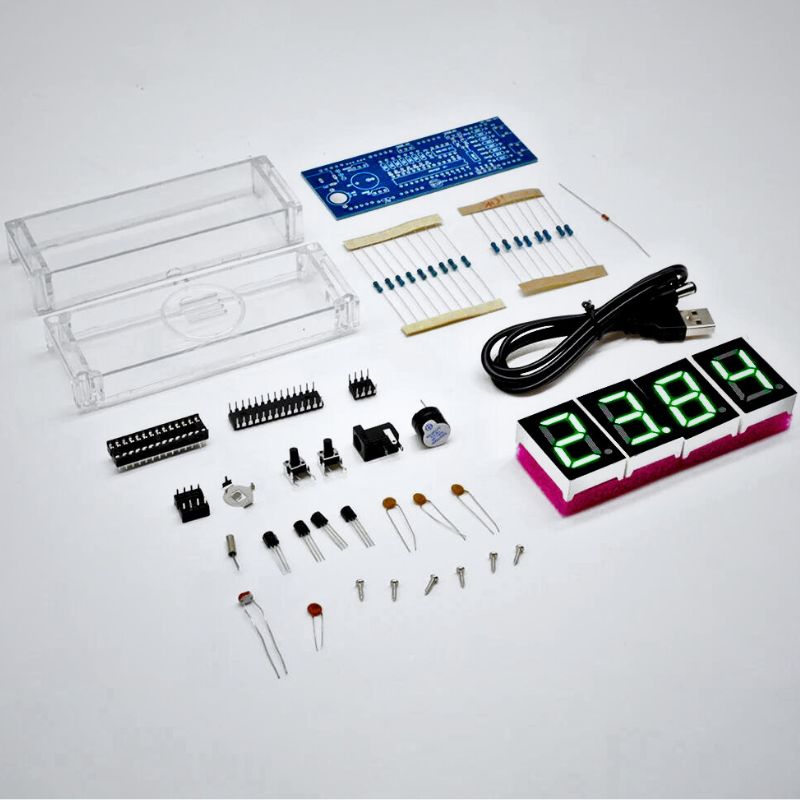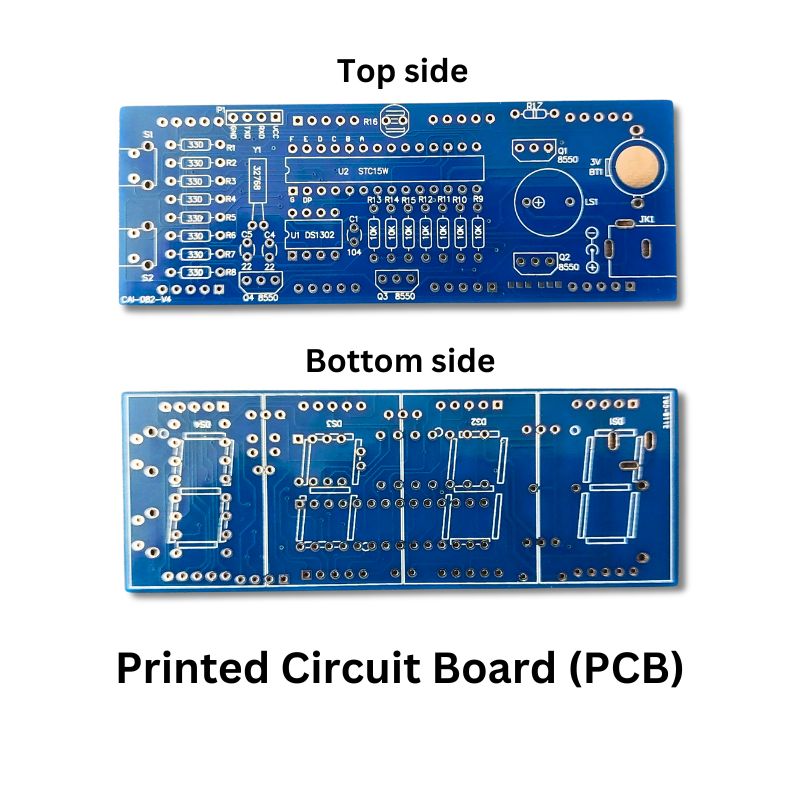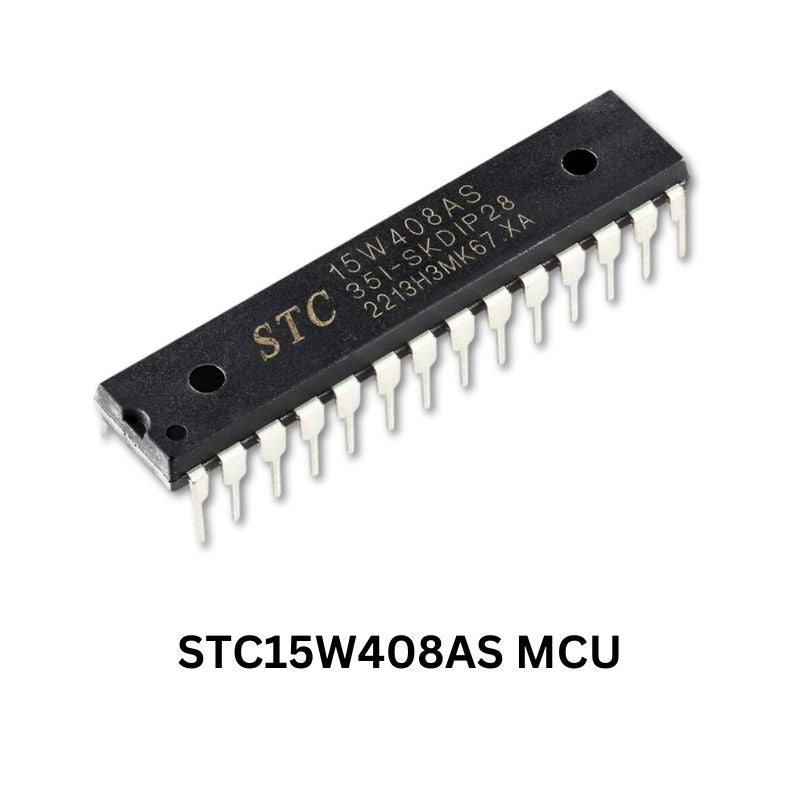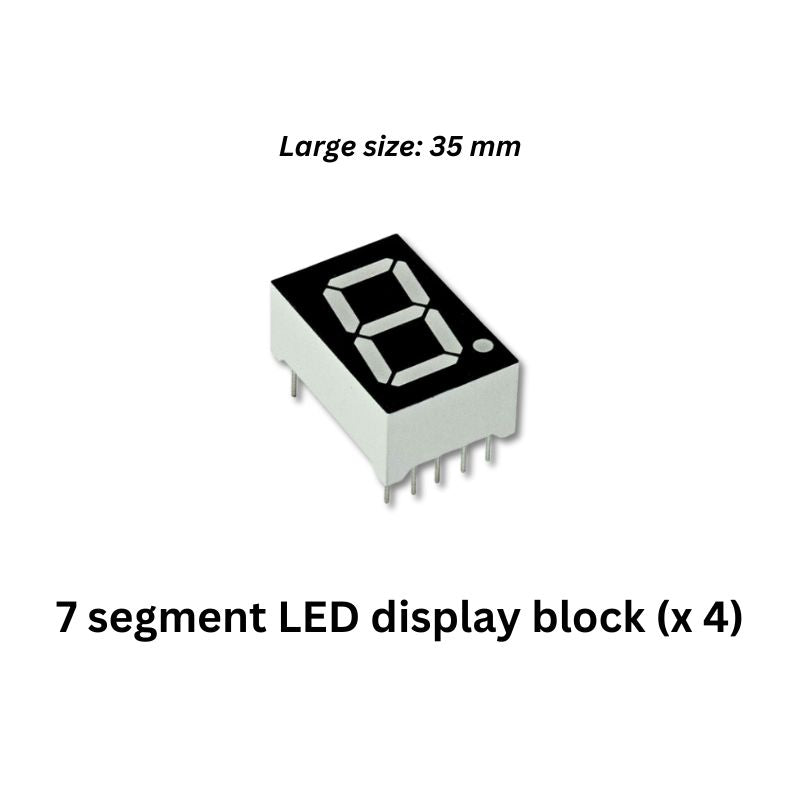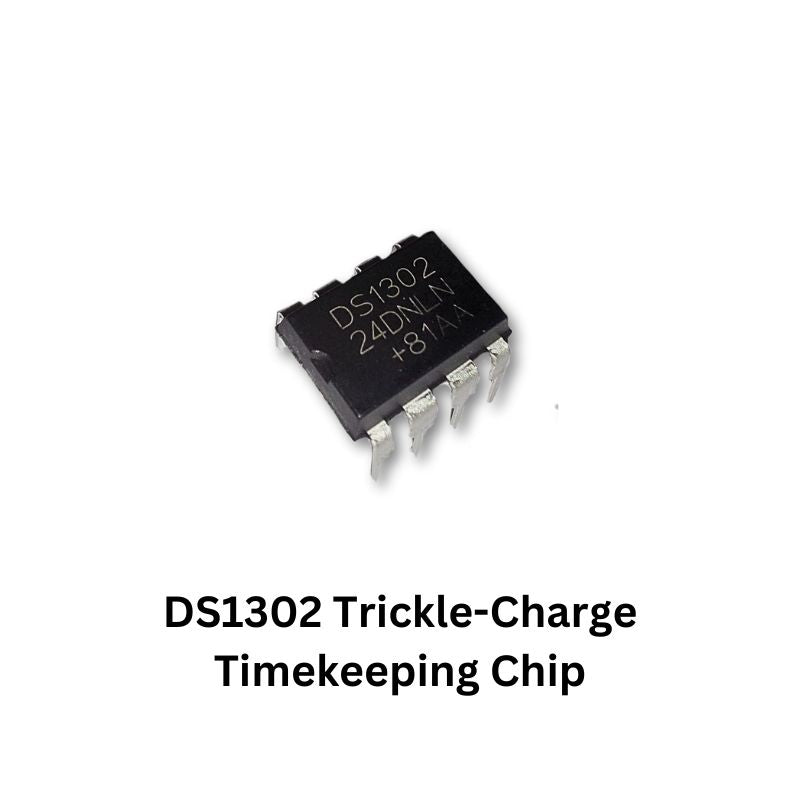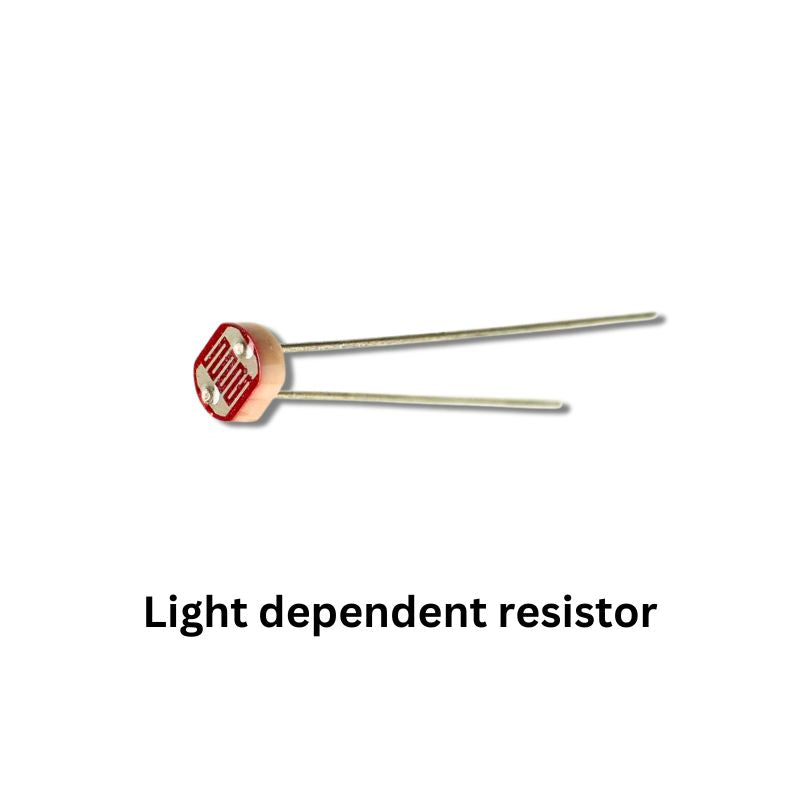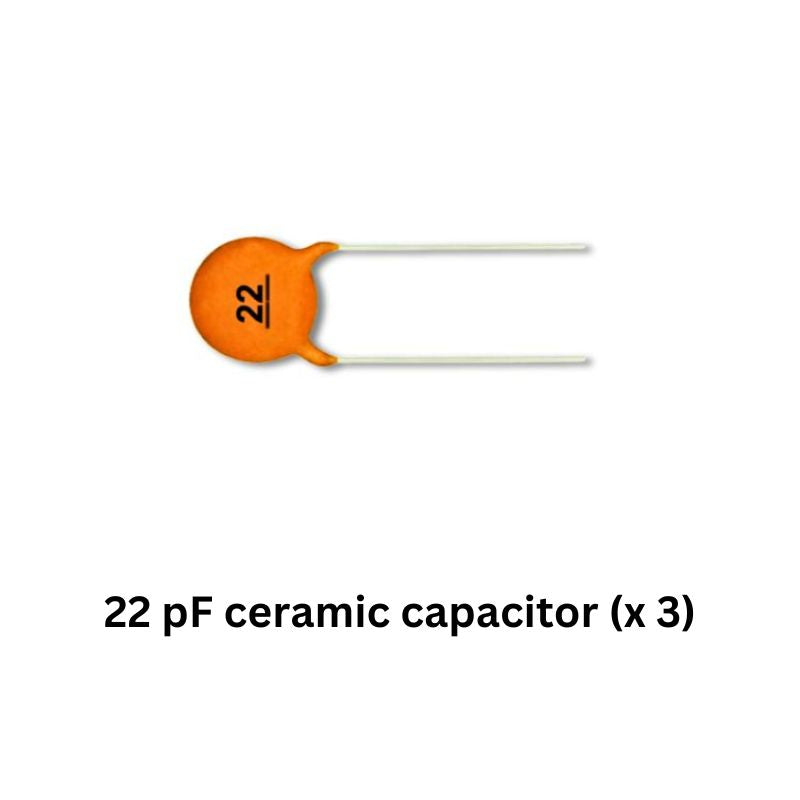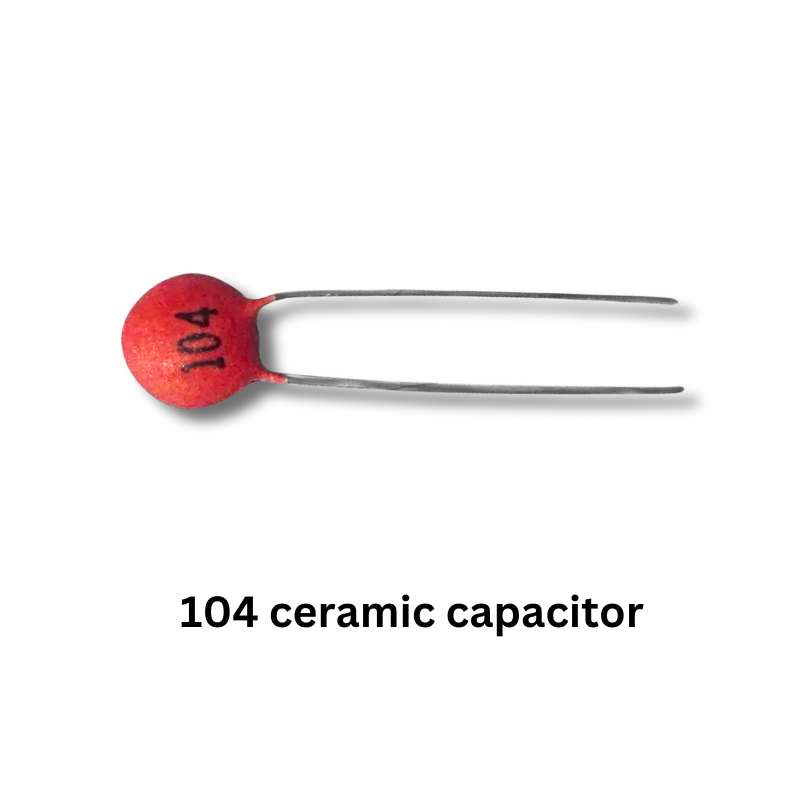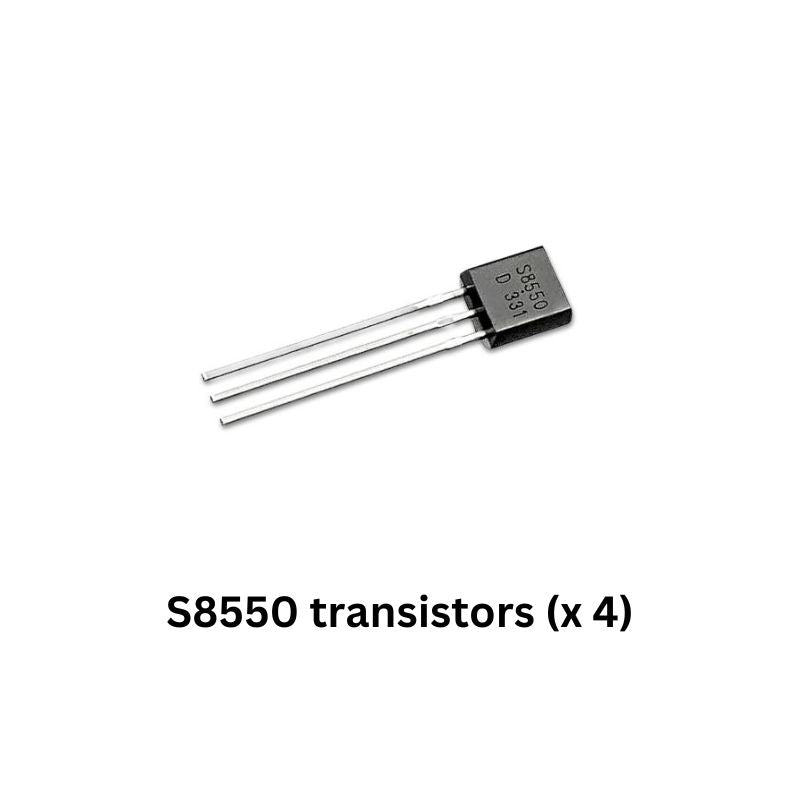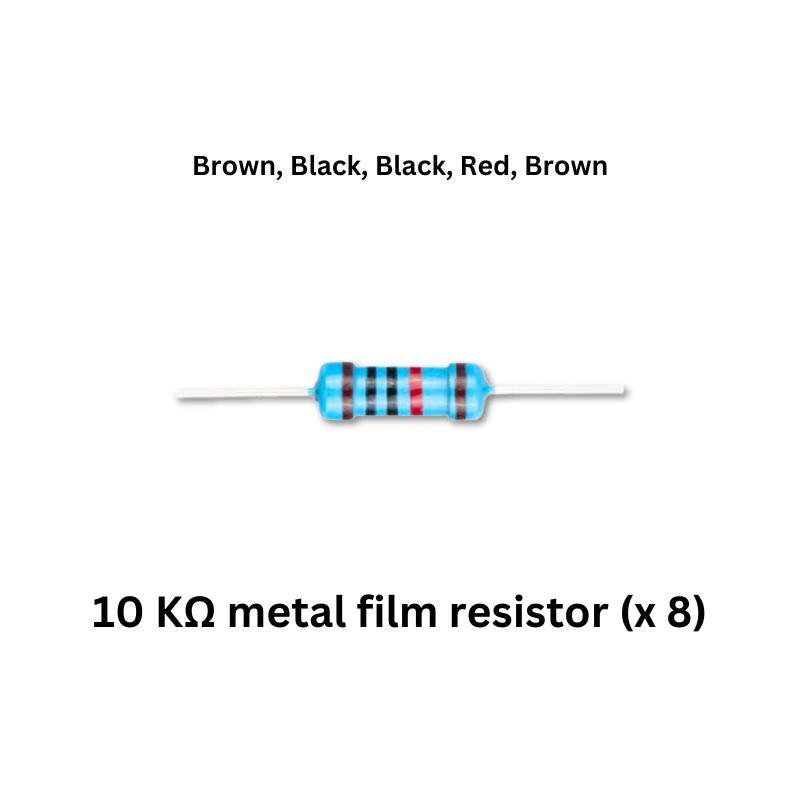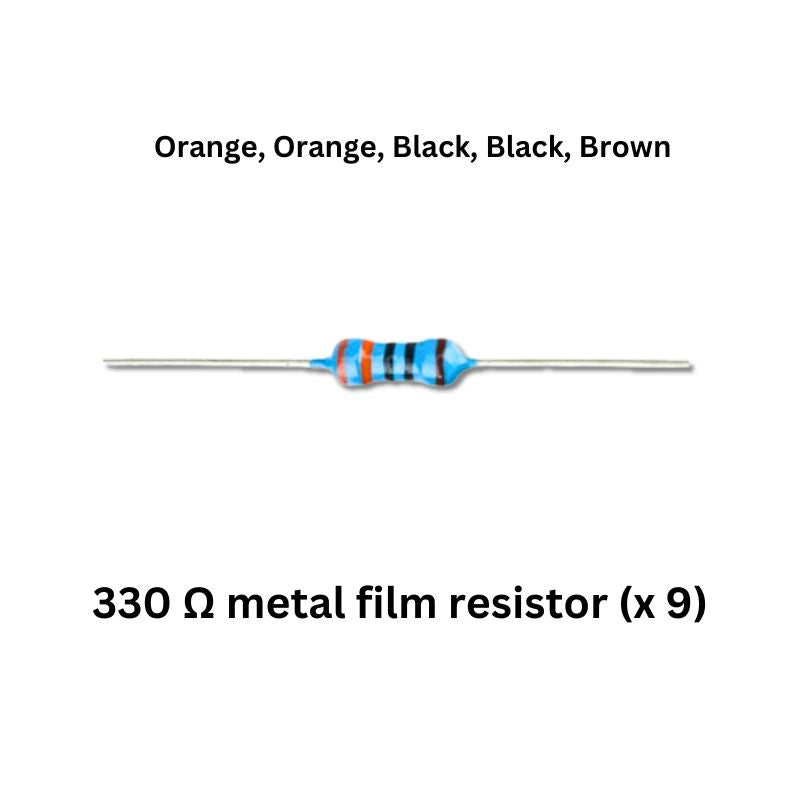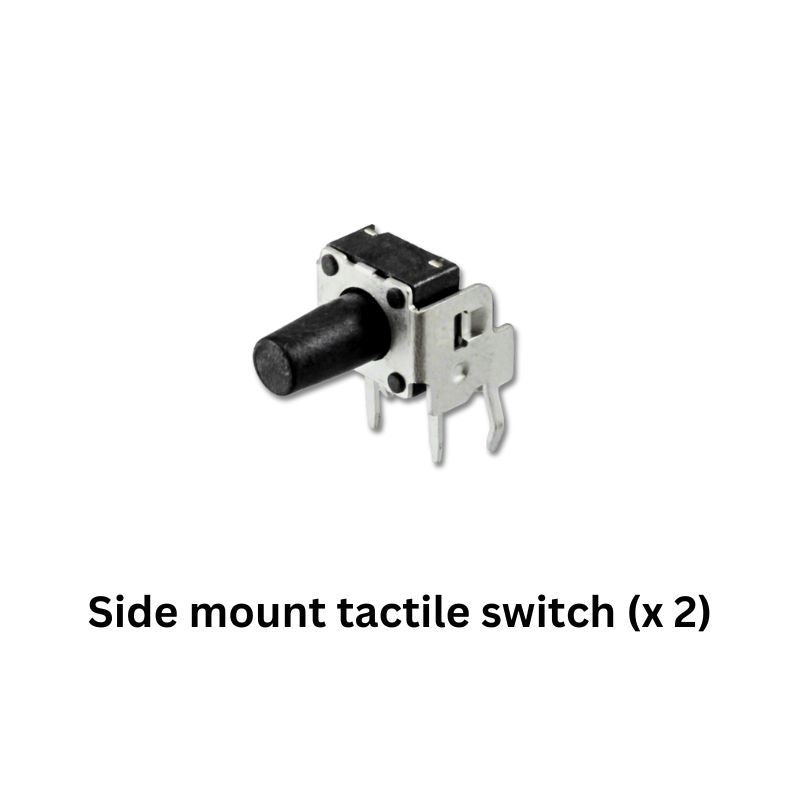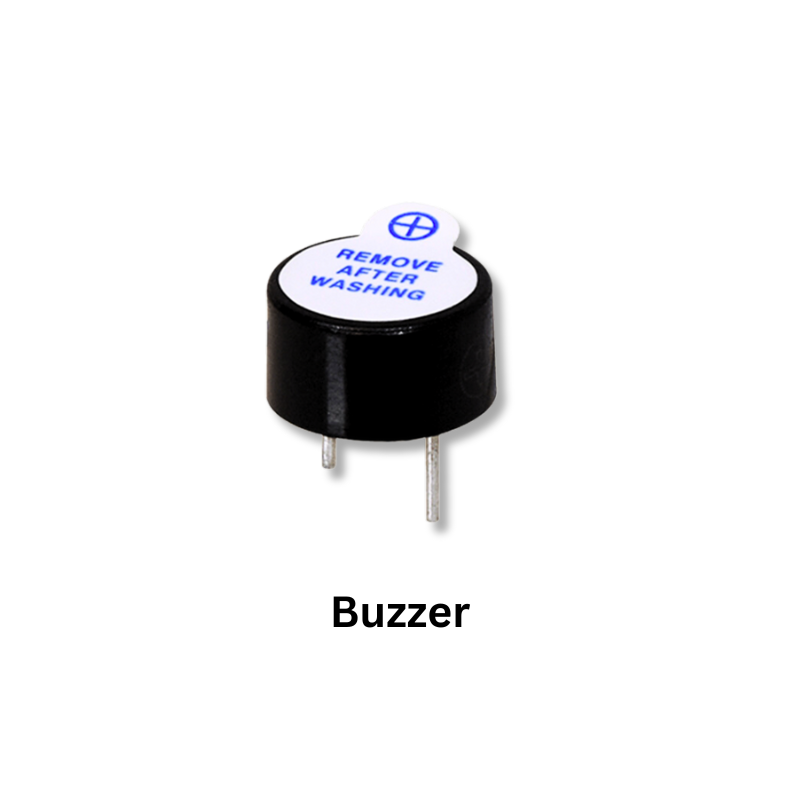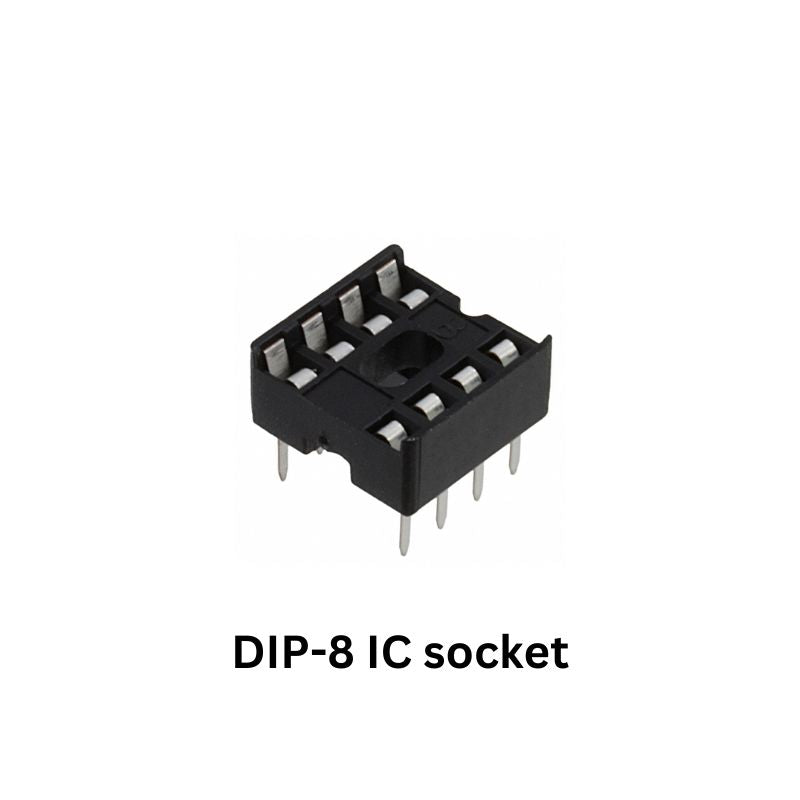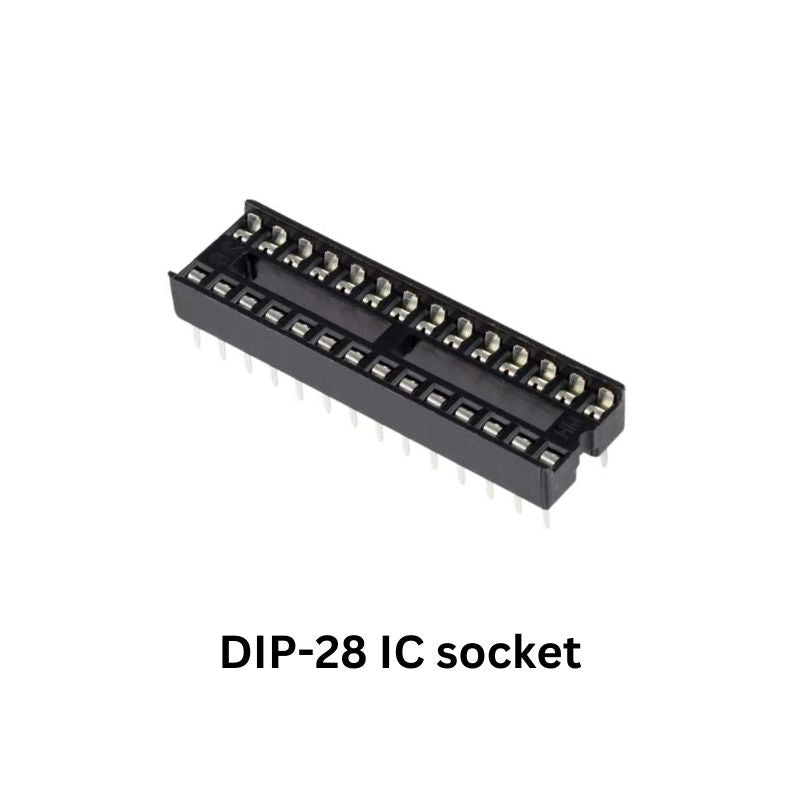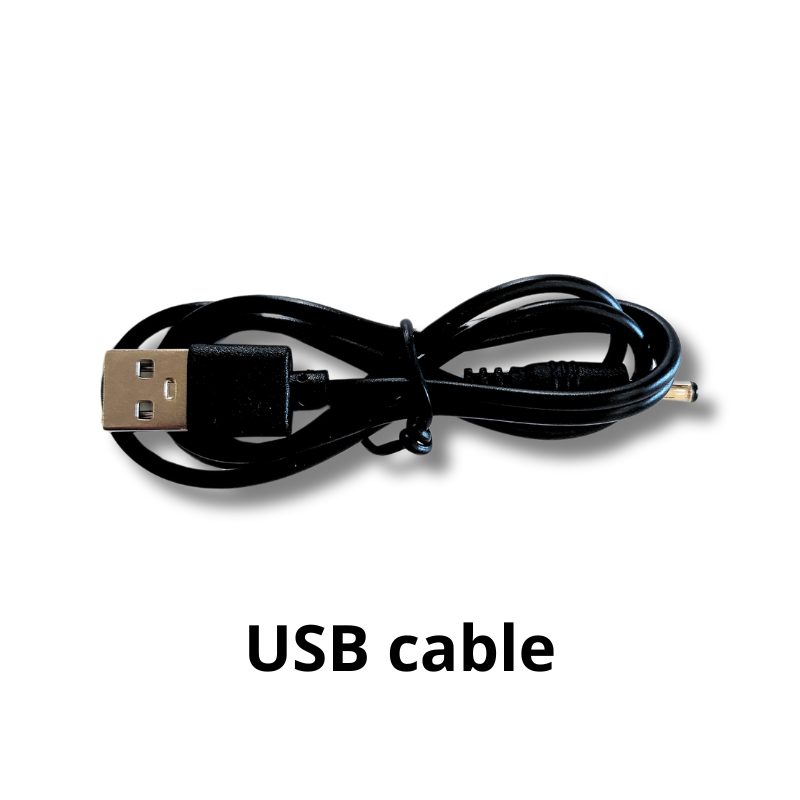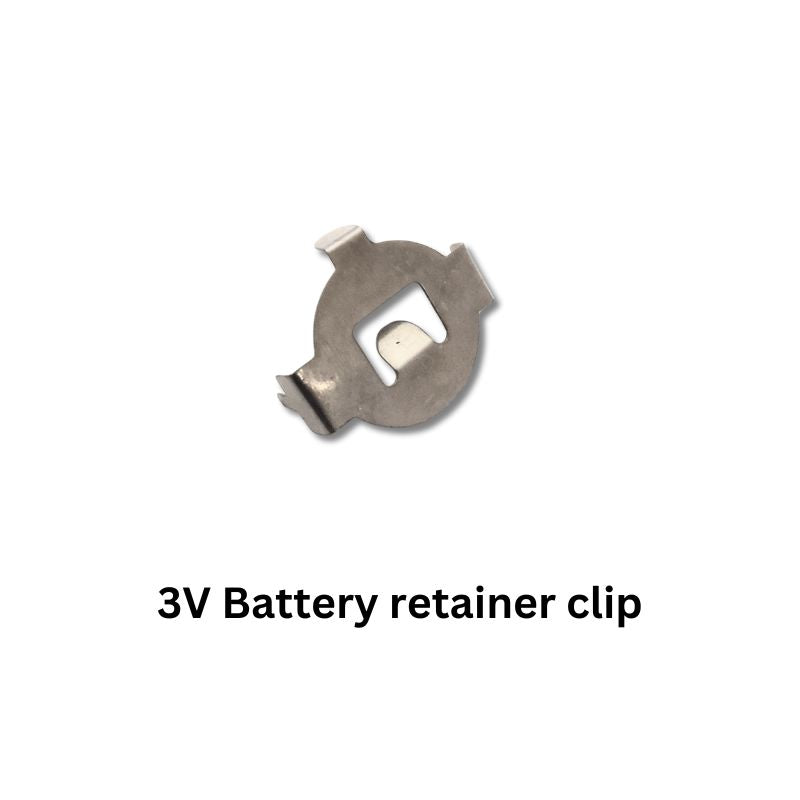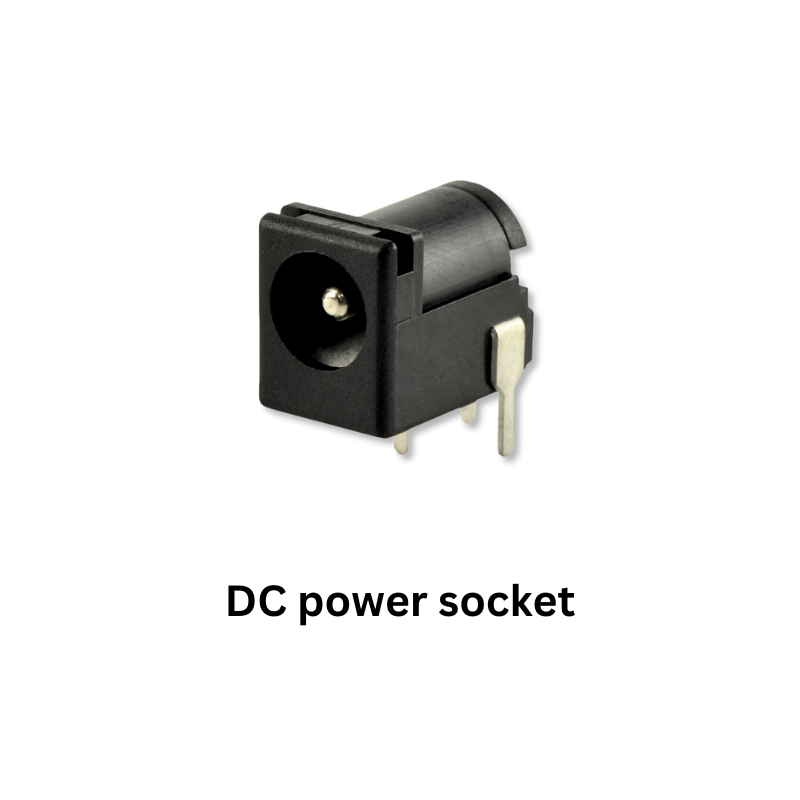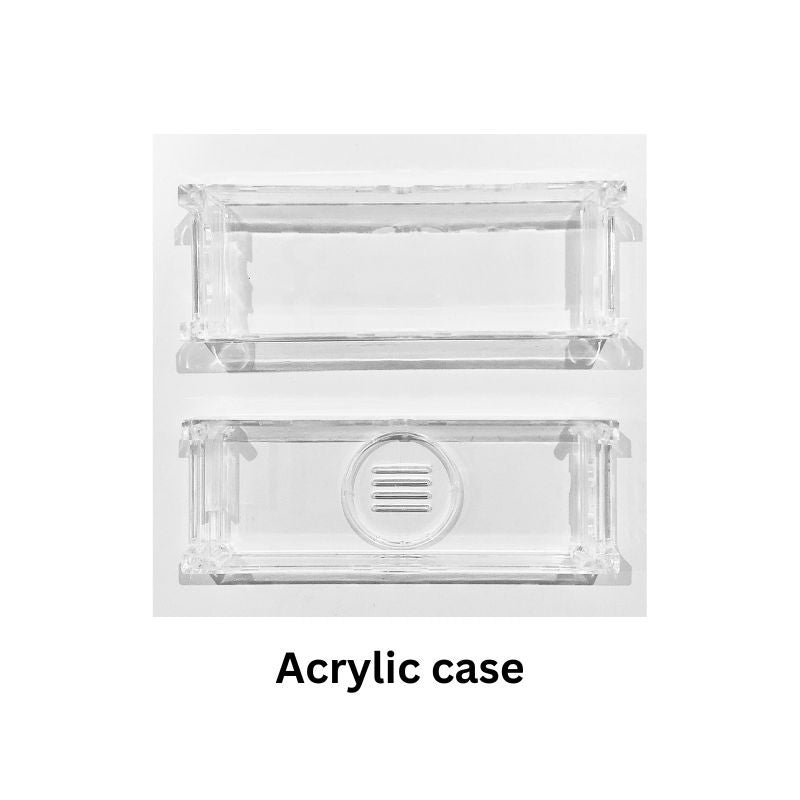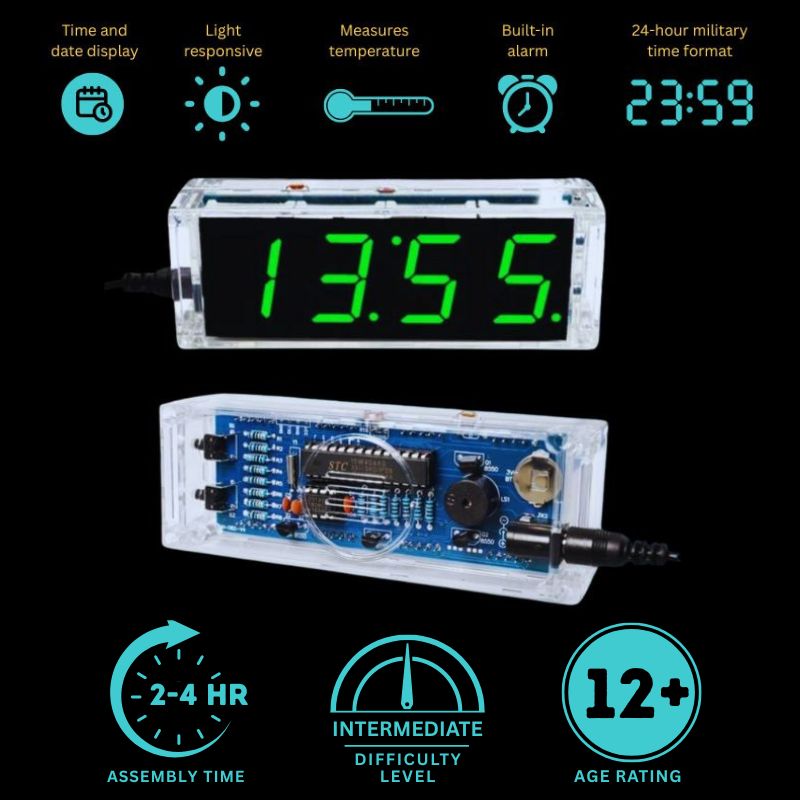4-Digit Digital Clock kit
FREE SHIPPING (limited time only)
Couldn't load pickup availability
Build a digital clock...
And learn real electronics while you do it!
The 4-Digit Digital Clock Kit is a hands-on electronics project that combines fun with learning real-world skills. It's perfect for any age from 12 and up, it makes a brilliant gift for young kid engineers, teens who love to build, and adults that have a passion for electronics and DIY.
Assemble your own fully functioning clock that not only tells the time but also adjusts brightness automatically (becoming brighter in well lit rooms and less bright in the dark), measures room temperature, and includes alarm and chime features.
Whether you’re building for fun, education, or giving it as a gift, this project brings science, electronic circuits, and sheer satisfaction together. From learning to solder to understanding how digital timekeeping works, it’s a great introduction to electronics and a proud build to display.
Refer to each of the drop-down sections below for further information.
Share this product with a friend
What's Included?
What's Included?
Includes all components required to build the digital clock:
- 4x 7-segment LED display blocks
- STC15W408AS microcontroller
- DS1302 RTC chip with trickle-charge
- 32.768kHz crystal oscillator
- Light-dependent resistor (LDR)
- Thermistor (temperature sensor)
- Multiple capacitors
- Multiple resistors
- Multiple transistors
- 2x Tactile switches
- 5V buzzer
- IC sockets (DIP-8 and DIP-28)
- USB to DC power cable
- 3V battery holder
- DC power socket
- Acrylic case
- Screws and mounting hardware
- Printed Circuit Board (PCB)
Refer to the product image gallery for photos of all components.
Learning Outcomes and Benefits
Learning Outcomes and Benefits
Fundamentals of Electronics: Understand how electronic components like resistors, capacitors, LEDs, and transistors work together to form circuits.
Digital Displays: Learn how LED digital display blocks show time and data from a microcontroller.
Sensor Technology: Discover how light (LDR) and temperature (NTC thermistor) sensors interact with real-world data and control outputs.
Timekeeping Principles: Explore real-time clocks (RTC) and how they maintain accurate time—even during power loss.
Soldering Skills: Gain valuable hands-on experience with through-hole soldering—a must-have for any electronics hobbyist or aspiring engineer.
Troubleshooting & Logic: Practice systematic problem-solving and critical thinking while assembling and debugging the clock.
Manual Inputs: Learn how tactile switches and buttons work to control functions like setting time, alarms, or toggling features.
Printed Circuit Boards (PCBs): Understand how components are laid out and connected in compact, efficient ways for reliable operation.
Frequently Asked Questions (FAQ)
Frequently Asked Questions (FAQ)
Q: Is this kit suitable for beginners?
A: Yes, especially those with some basic electronics or soldering experience (which they may have gotten from school). Teens or adults completely new to soldering can still complete it by simply following our detailed step-by-step instruction manual.
Q: Does the kit come pre-assembled?
A: No, it’s a full DIY kit. You’ll build it from the ground up and enjoy the satisfaction of telling everyone that sees it that you built it yourself!
Q: Does the instruction manual include a circuit diagram and explanation of how it works?
A: Yes, our instruction manual contains a circuit diagram, a description of the electronics that make the clock work, and lots of other educational content!
Q: How accurate is the timekeeping?
A: This digital clock includes a 32.768 KHz crystal oscillator, similar to that found in many quality wristwatches. Along with the trickle-charge timekeeping chip, it generates a very stable signal that ensures consistent timekeeping.
In normal conditions of humidity and temperature, drift is expected to be ±1 to 2 seconds per day, or less than 1 minute per month. For a DIY electronics build, that’s excellent performance!
Q: How is the brightness adjusted?
A: The light sensor (LDR) detects the light level in the room and then sends a signal to the microcontroller to decrease or increase the power to the LED display, which causes it to dim or brighten.
Q: Will the clock keep time if unplugged?
A: Yes! It uses a backup coin battery and real-time clock (RTC) chip to maintain time during power loss.
Q: Is it a good gift for teenagers or adults?
A: Absolutely! It’s a rewarding and educational gift for anyone who loves STEM, DIY, or electronics—regardless of age.
Product Specifications
Product Specifications
Dimensions (approx., when completed):
- Height: 4cm
- Width: 11.5 cm
- Depth: 3.2 cm
Display: 4-digit 7-segment LED blocks
Microcontroller: STC15W408AS
RTC chip: DS1302 with battery backup
Sensors:
- Light: LDR
- Temperature: NTC thermistor
Power: USB to DC power cable
Chime & Alarm: User-configurable
Enclosure: Acrylic case with self-tapping screws
Assembly and Usage Info
Assembly and Usage Info
Anyone can build this digital clock kit following our detailed step-by-step instruction manual which can be downloaded from the link below. The password to open the manual was sent to the same email that you placed your order from. Can't find it? Just Contact Us!
Download: 4-Digit Digital Clock kit Instruction Manual
Skill Level: Intermediate
Age Rating: 12+ (adult supervision required for younger builders)
Assembly Time: Typically 2–4 hours
Power Source: USB power cable (included) with a back-up CR2032 battery (not included).
Tools and Materials Required
Tools and Materials Required
Tools required for this kit
- Soldering iron
- Solder wire
We sell these items as a bundle for just €25.95 (or currency equivalent) which saves 10 percent! Just click the link below to select your countries plug type and add to your order.
SOLDERING IRON & WIRE BUNDLE
Of course, you only need to buy the tools once; you'll use them again and again for your future electronics projects!
GET THE TOOLS FREE!!!
Our Electronics Kit Bundles include tools completely FREE...
Click to view Bundles
Links and References
Links and References
Our blogs & videos related to electronics kits:
Ultimate Guide to Electronics Kits
Youtube video: Tools, tips and tricks for soldering electronics kits
Other useful links:
Shipping and Warranty Info
Shipping and Warranty Info
Shipping Information
Orders are processed for dispatch within 1–2 business days. Typical delivery times following dispatch for this product, depending on region are:
- US: 5-8 days
- UK: 5-8 days
- EU: 6-13 days
- Canada: 7-14 days
- Australia: 7-14 days
All orders are shipped with tracking, where available. Please refer to our Shipping Policy page for further detail.
Warranty & Satisfaction Guarantee
All electronics kits come with a 14-day satisfaction guarantee. If you're not happy with your purchase, contact us and we’ll arrange a refund or replacement — no hassle. Please note that to qualify for a replacement or refund, kits must be in their original, unused condition. Please refer to our Returns and Refunds policy for more information.
Packaging
We aim to minimize waste while protecting your order. All electronic kits are securely packaged in padded mailing bags containing anti-static ESD bags and/or rigid plastic boxes (depending on the product) to ensure the safety of the electronic components. An example of electronics kit packaging can be viewed HERE. If you're purchasing this item as a gift and would rather that it was in a box, we also sell quality gift boxes at the following link: Quality Gift boxes.
Ships from: International Warehouse
View full details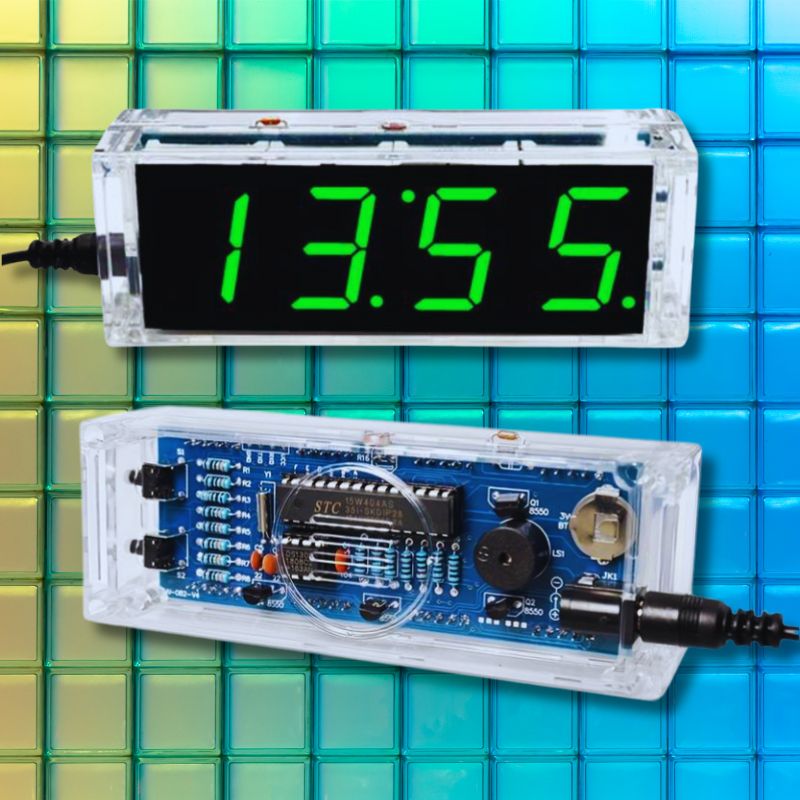
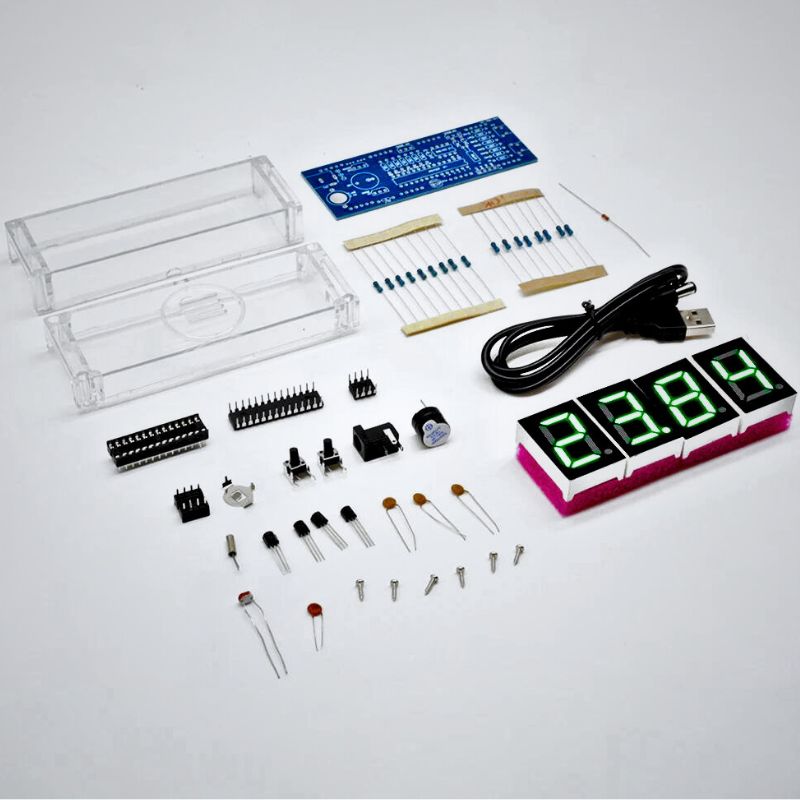
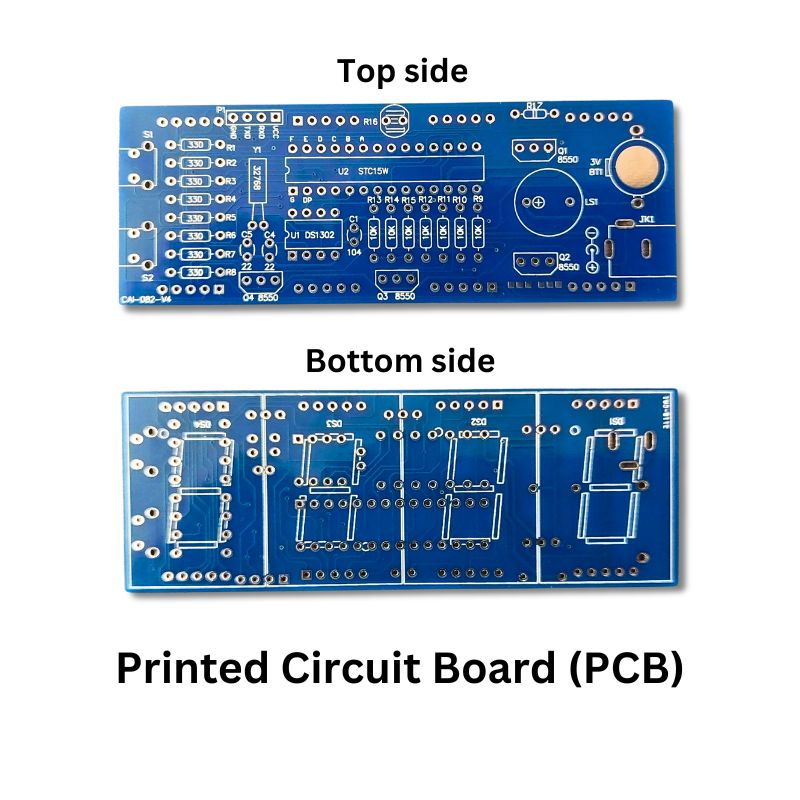
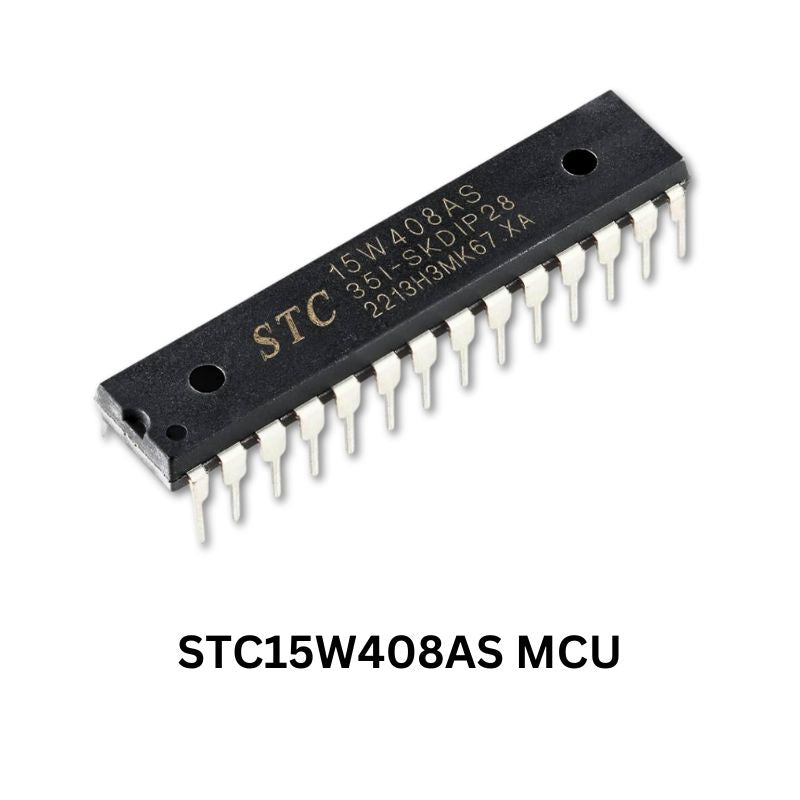
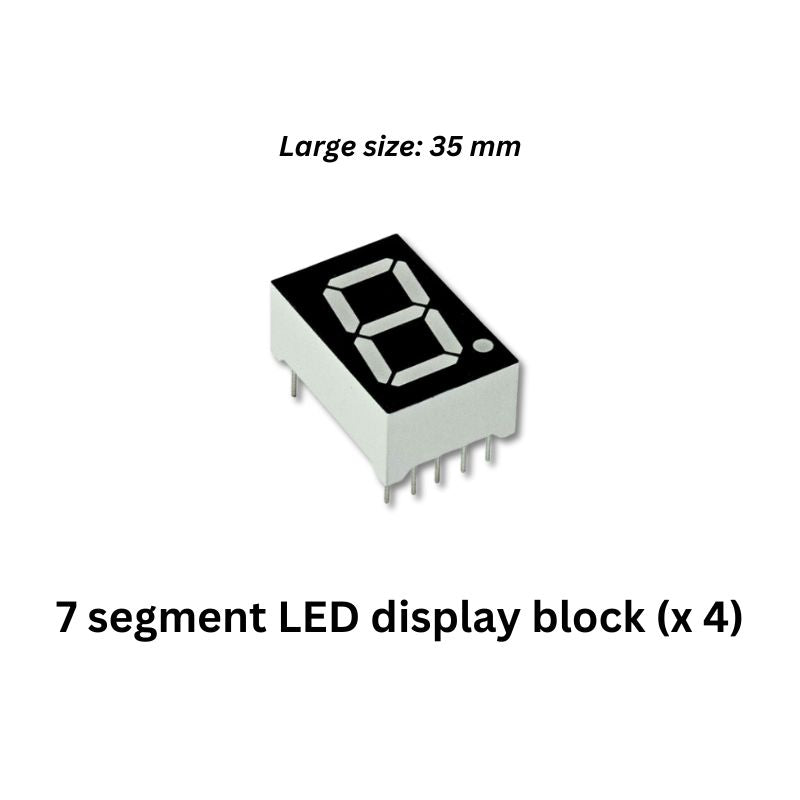
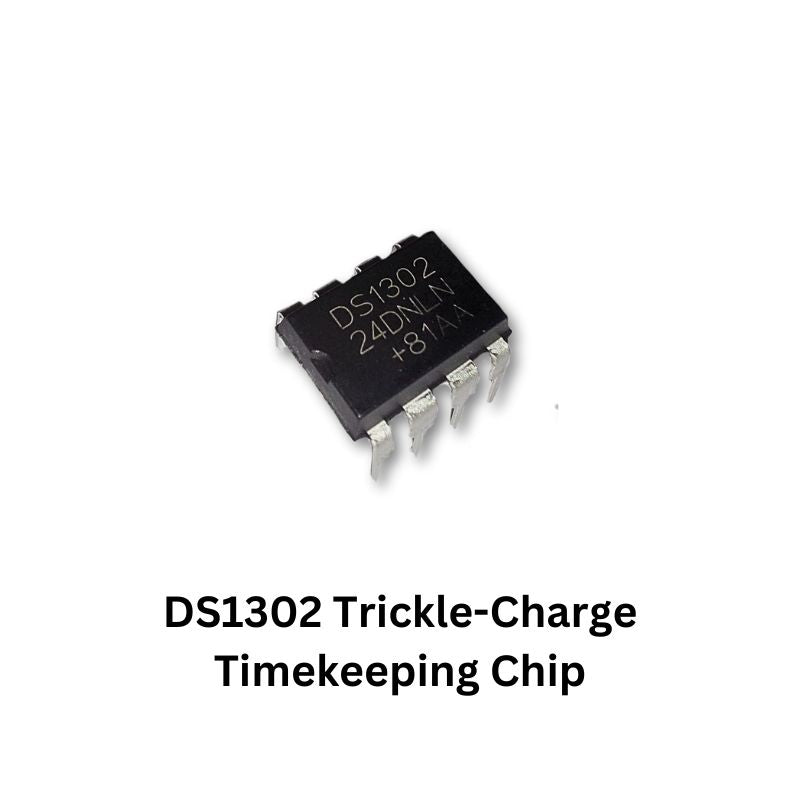

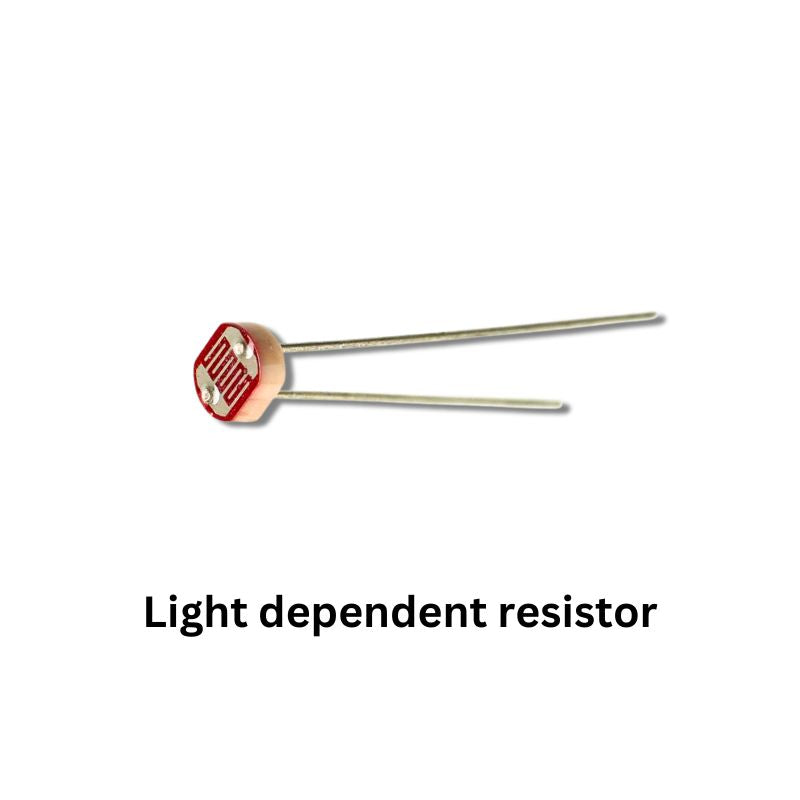
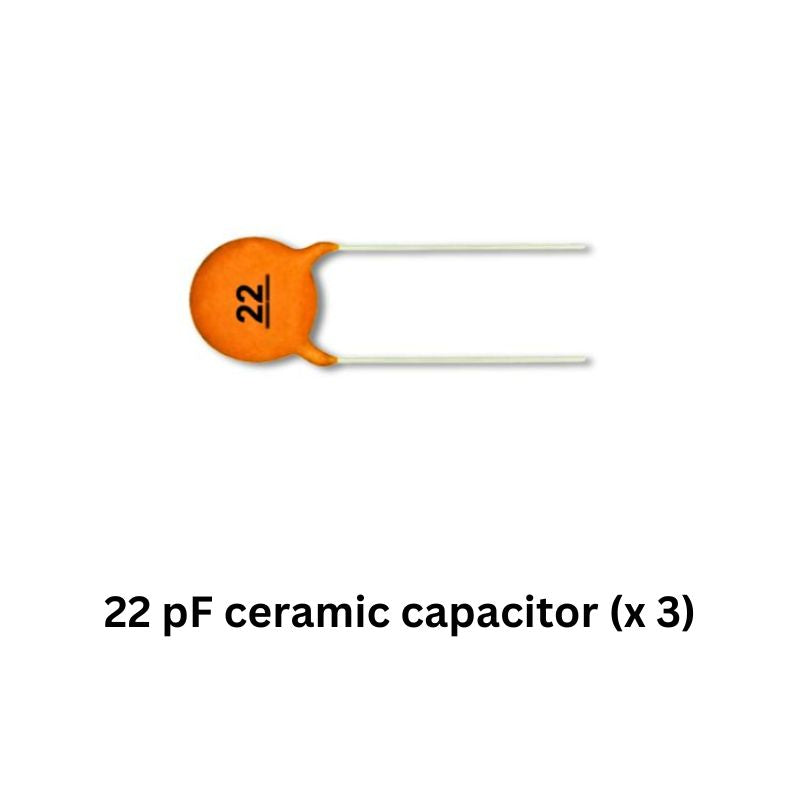
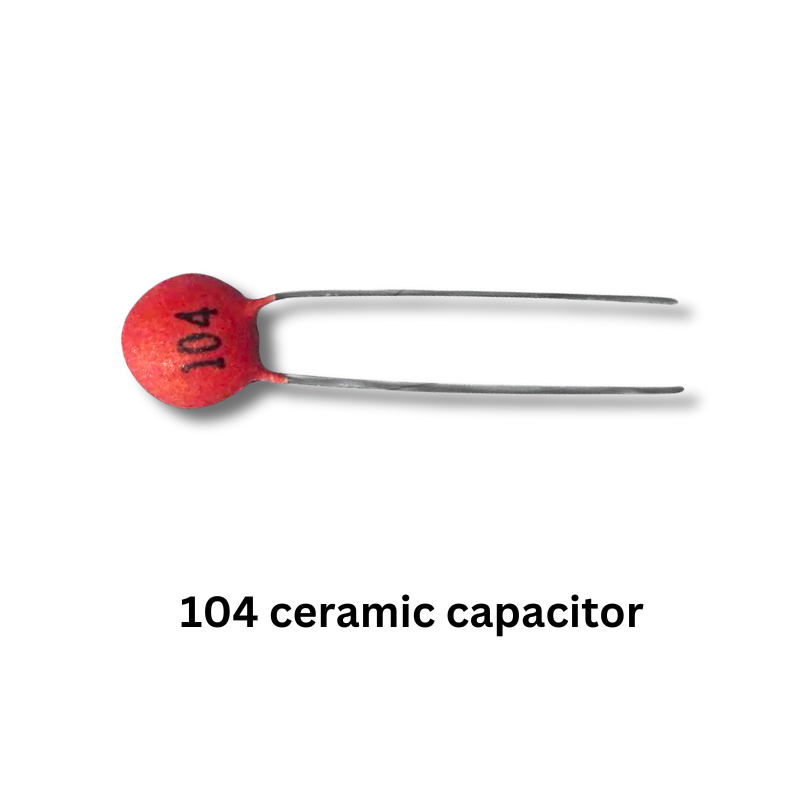

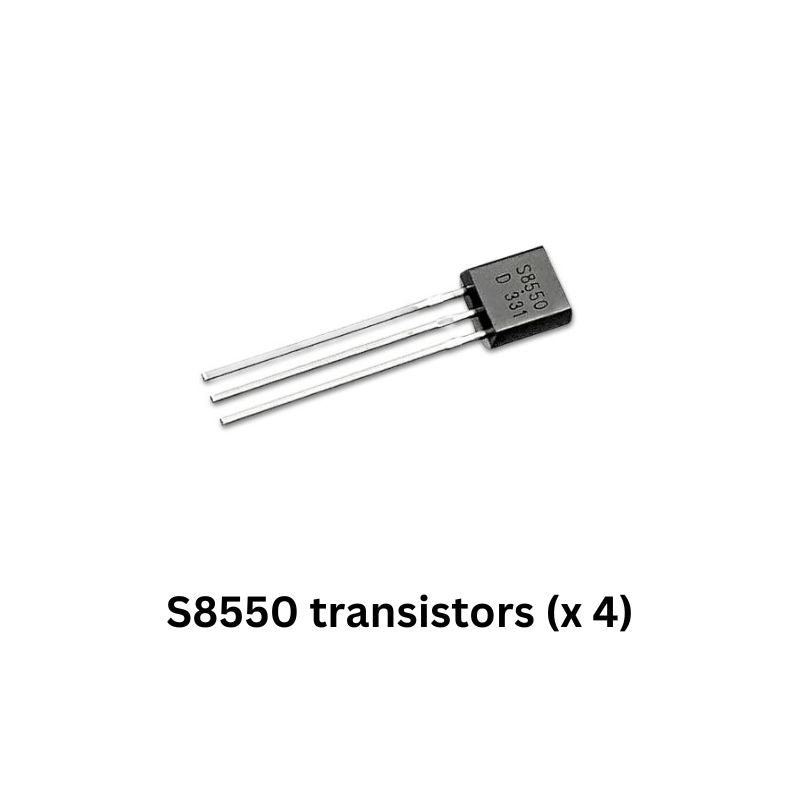
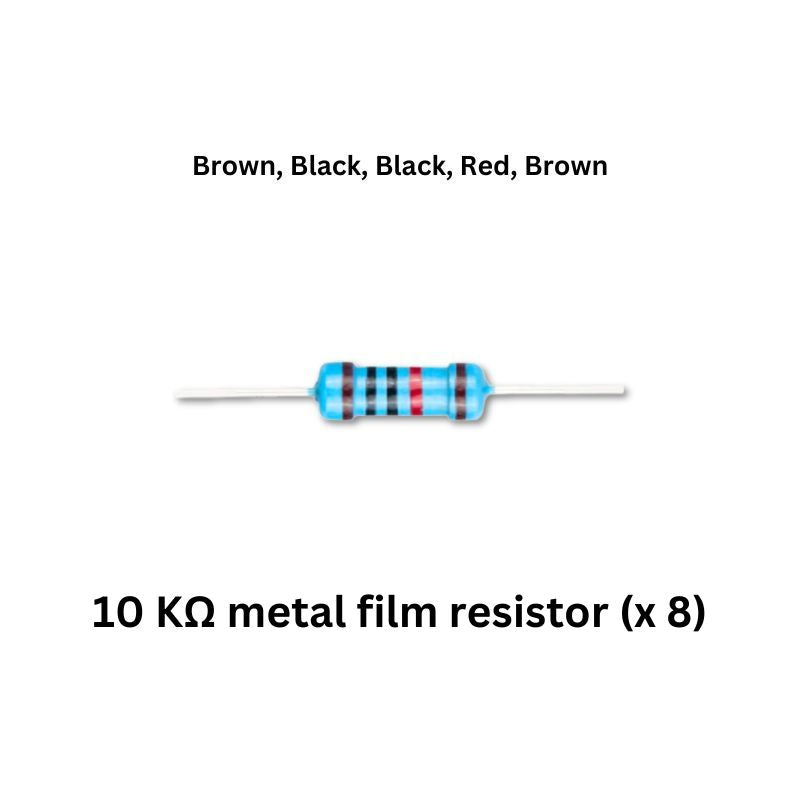
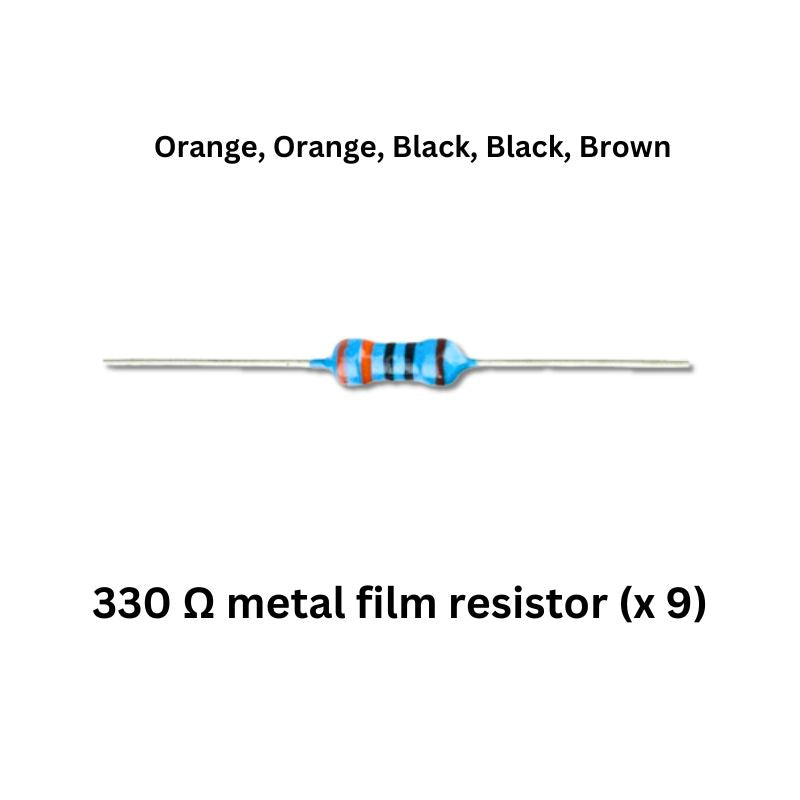
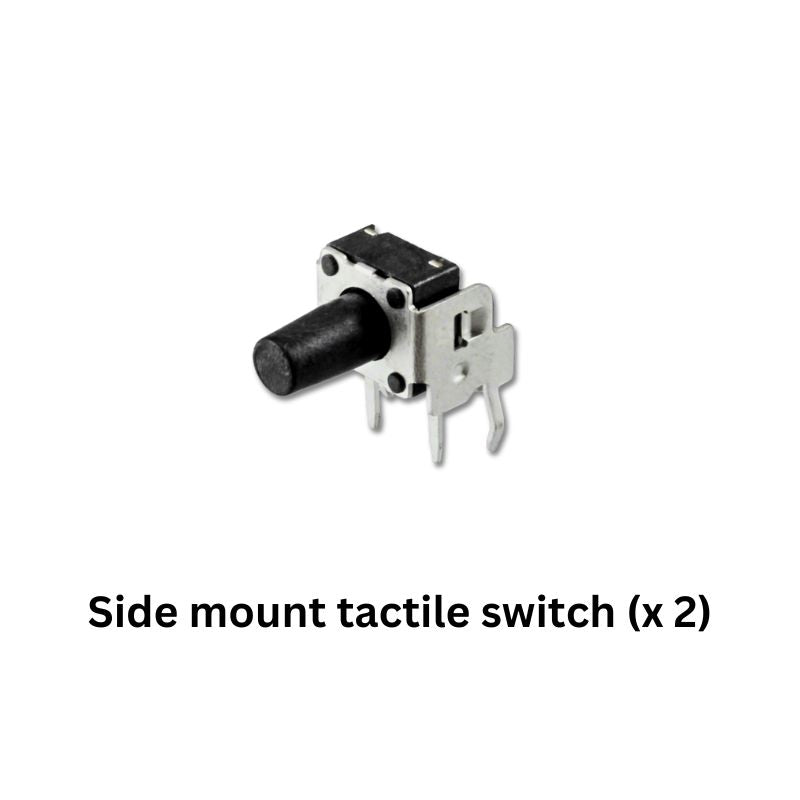
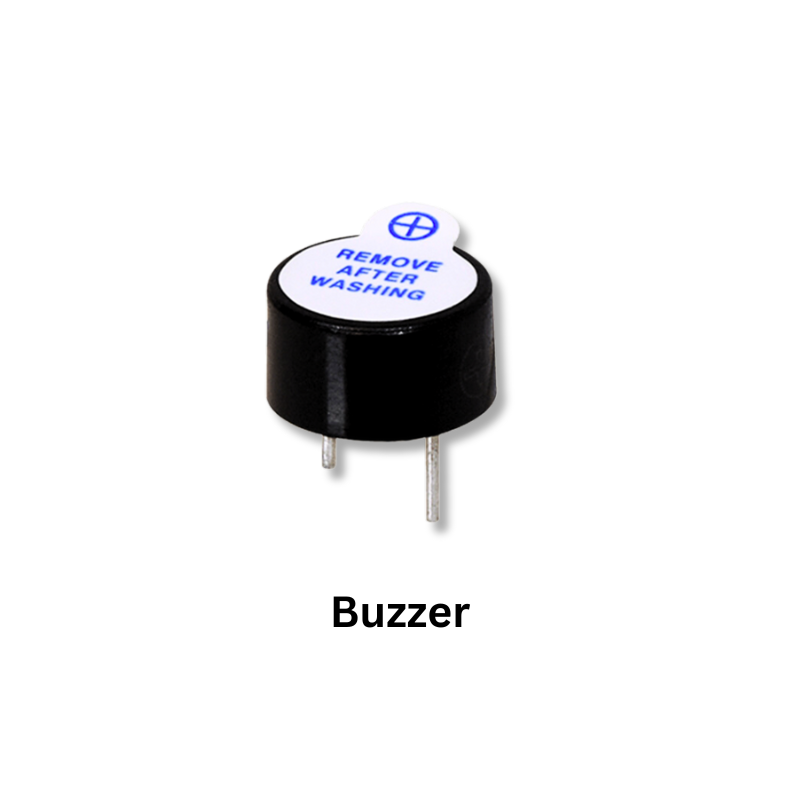
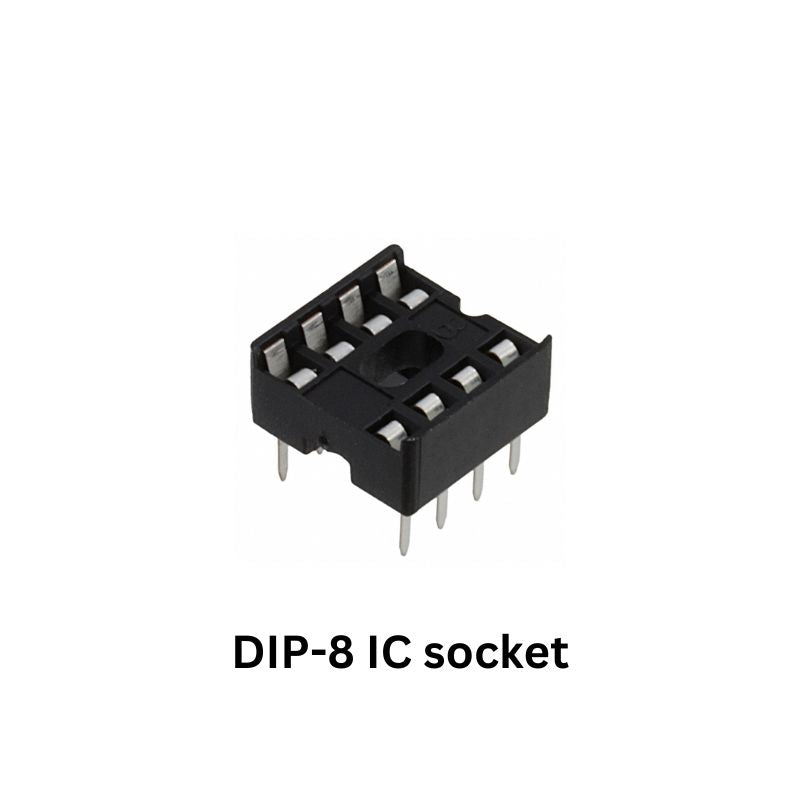
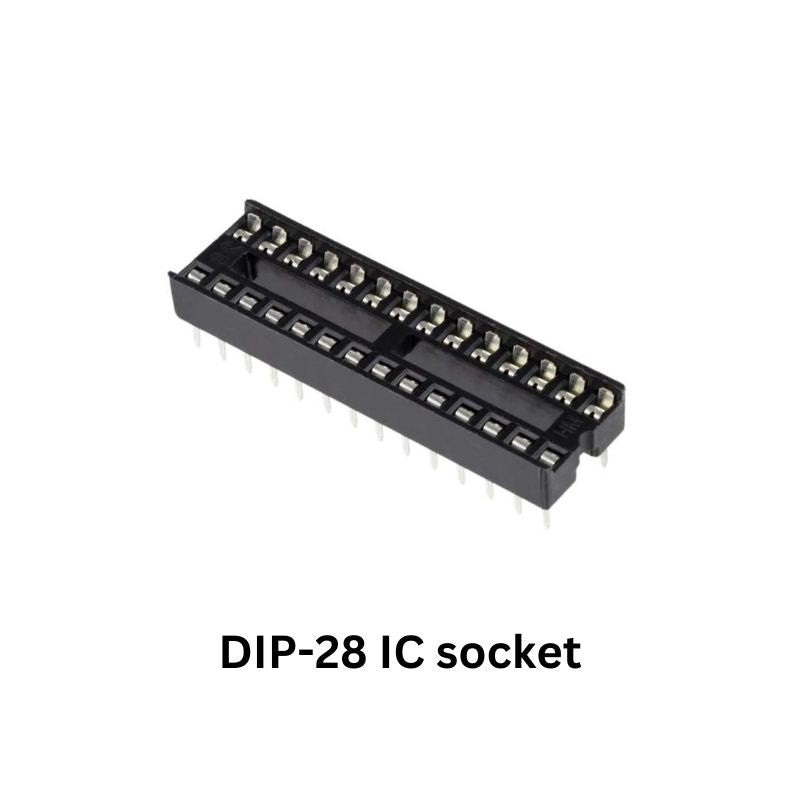
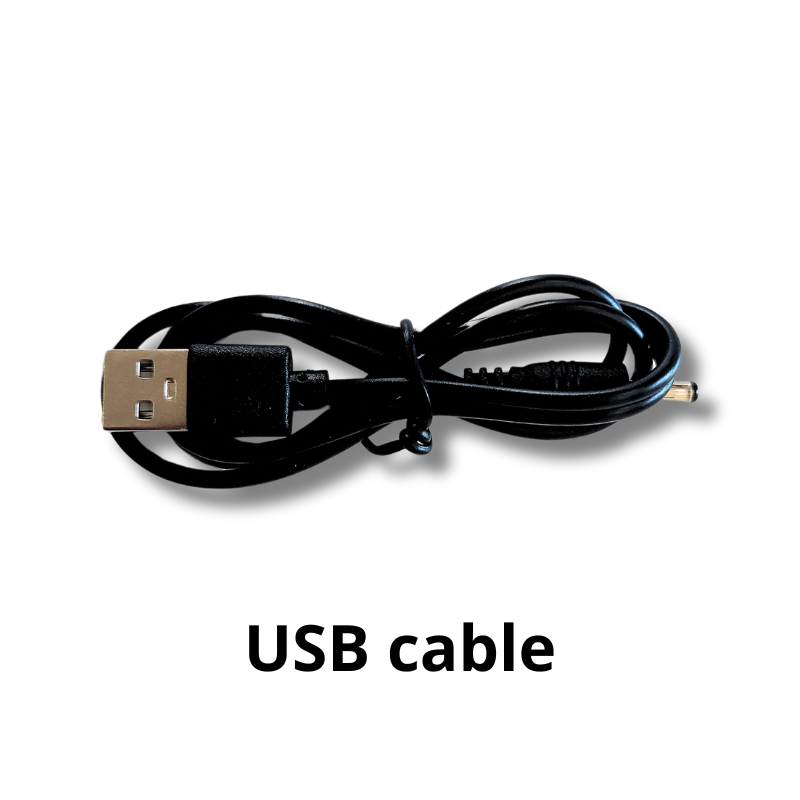
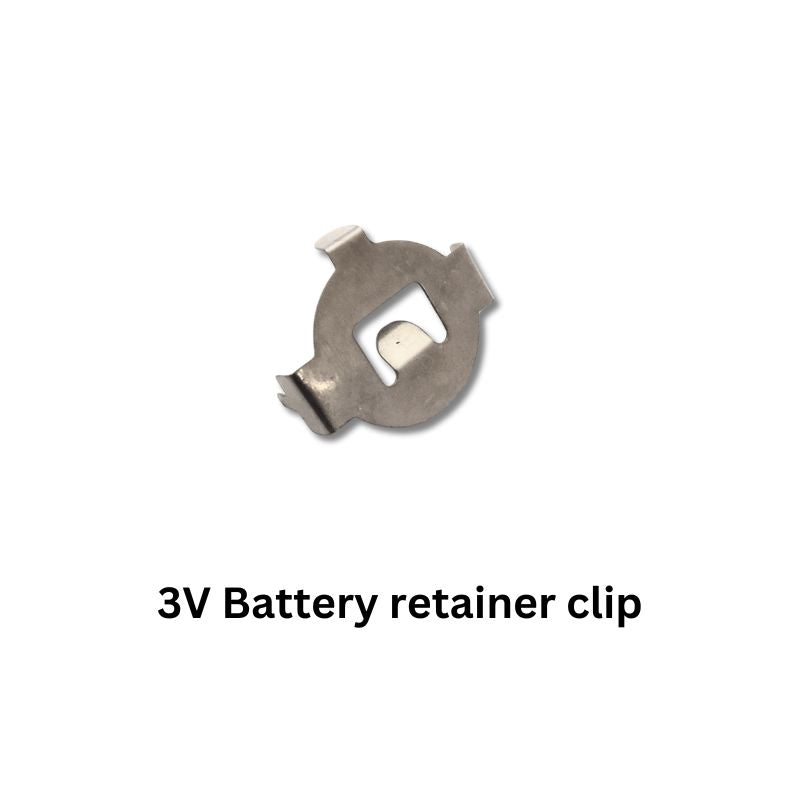
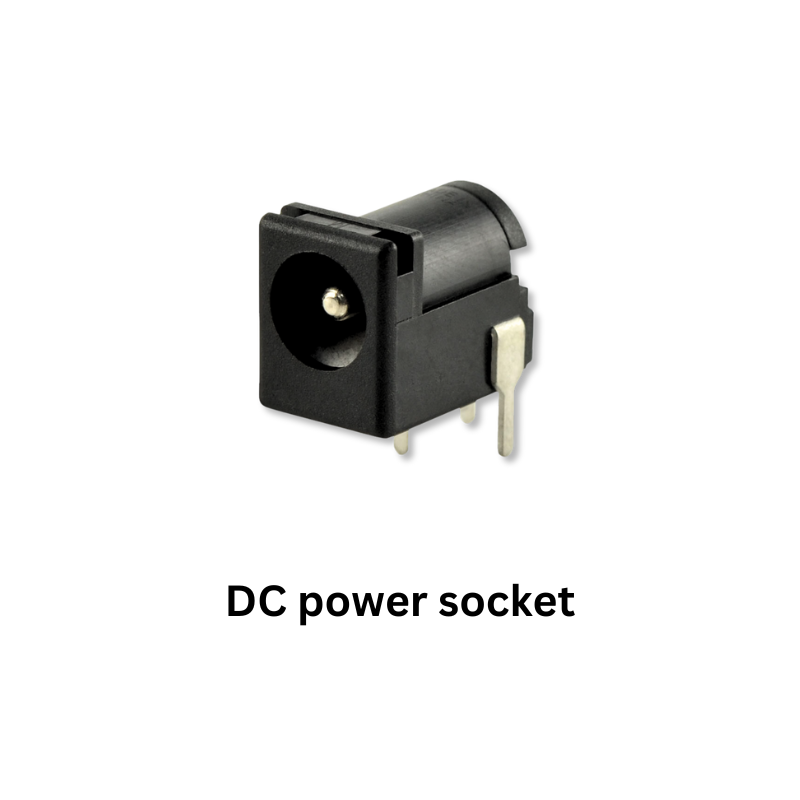
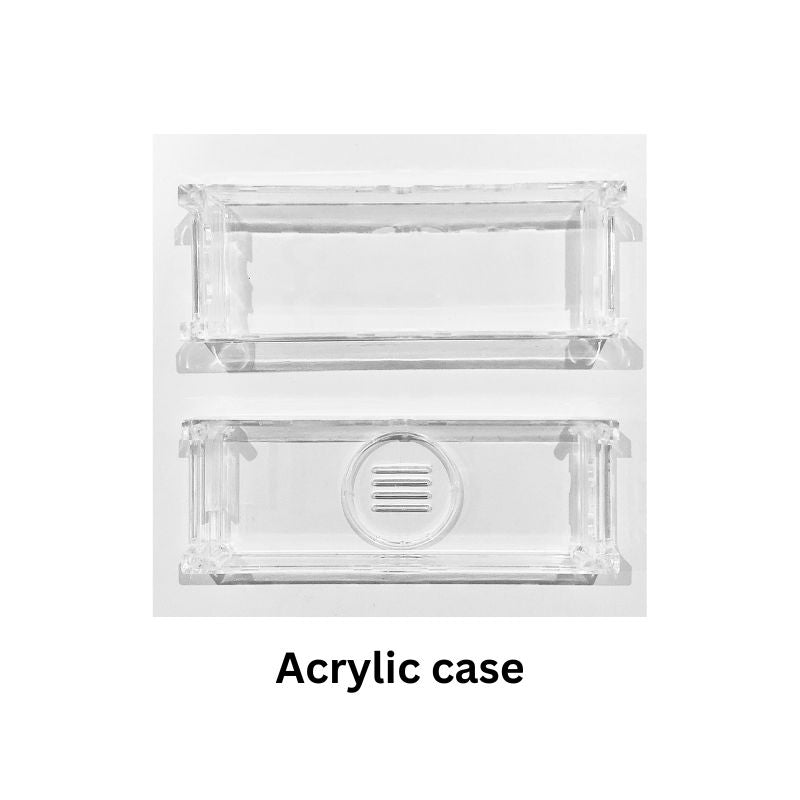


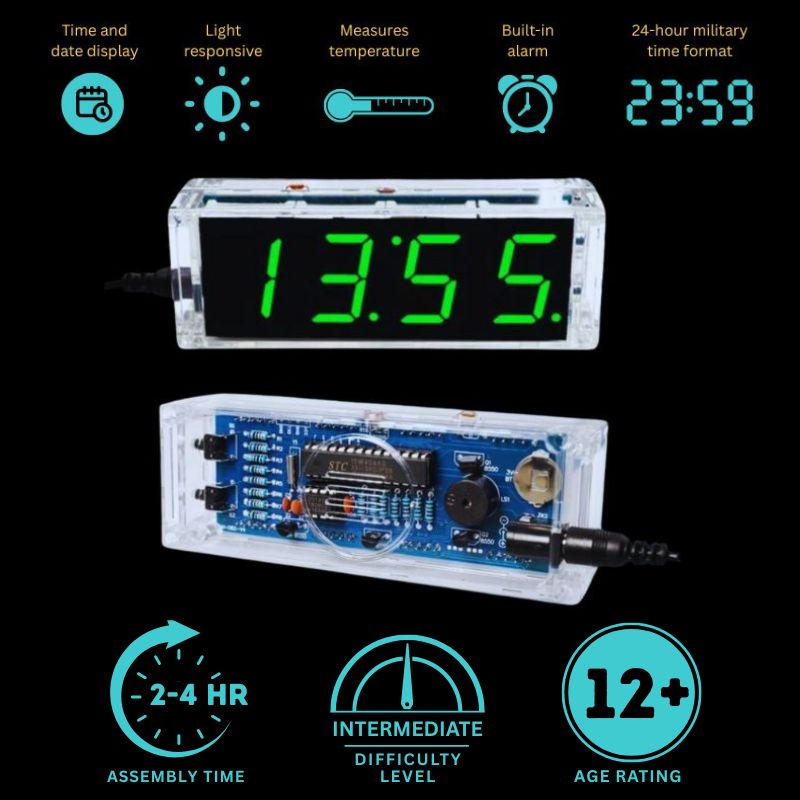
I’m a retired electronics engineer. I was intrigued with your kit. The assembly was easy and soldering was a good challenge for those wanting to learn. I would like to see further improvements to allow for programming for 12hr instead of 24 hr and selecting Fahrenheit or Celsius.
Hello Gary, thank you for taking the time to leave this review, we really appreciate it! Delighted to hear that someone of your experience was pleased with the kit and that you've recommended it as a good place to start learning electronics—we do agree, this kit is ideal for newbies while still giving plenty of satisfaction to people who are already accustomed to electronics. We've noted your suggestions for improvements and passed onto our technical team for consideration—I believe it would be possible for this kit, since it uses an MCU with logic for timekeeping (as opposed to some other clock kits that are based on timekeeping chips, oscillators, capacitors, etc.).
Enjoyed putting it together. Looks good and like the way it dims in the dark. However I don't seem th be able to disable the alarm. I've followed the alarm settings to the letter but the bottom right alarm indicator light won't turn off.
Hi Keith, thank you for taking the time to leave this review, we really appreciate it. Well done on a successful build, it looks great. I've replied separately to your question on the product page in relation to turning off the alarm. Feel free to drop us an email at info@thesciencehut.com if you need further help.
I bought this electronic clock kit for my 13 year old grandson who had done a bit of soldering at school. He was able to follow the instructions and build the clock on his own and was very pleased with the result. He had a bit of trouble changing the alarm setting after it was built so we have had alarms going off at all hours but I expect he will work it out eventually.
Hello Tricia, thank you for taking the time to leave this review, we really appreciate it. Kudos to your 13 year old grandson for building this on his own, send him our praise! Great to hear they are doing some soldering at his school, especially at such a young age. It sounds like he may have the hourly chime turned on if it's going a lot, since the alarm can only be set to go off once. The manual provides instructions in Step 7.3.5.5, but if he still needs help deactivating it, just drop an email to info@thesciencehut.com and our technical team will be happy to provide further guidance, if needed.
From the moment I ordered the Digital electronic Clock to the day it was delivered was relatively fast. The instructions, of both the PDF and YouTube, made it real easy to assemble and it worked first time. The next kit I'm going to order is the FM Radio.
Hello Fergus, thank you so much for taking the time to leave this review, we really appreciate it. Delighted to hear you were happy with your clock kit and with our service and well done on a successful build. The FM radio kit is a nice next project—feel free to reach out to our customer support on info@thesciencehut.com if you have and questions before making a decision to go for it.
Bought this to do with my 7yr old grandson. With a bit of guidance from me he soldered it and put it together in its box. Worked first time, very happy grandson!
Hi Peter, thank you so much for taking the time to review this kit, we really appreciate it. Well done to your grandson (and yourself) on a successful build—really impressed that he managed to solder this together at only 7 years old! He's done a super neat job of it too!

